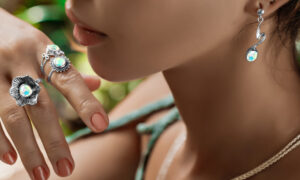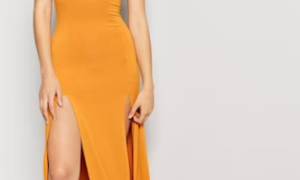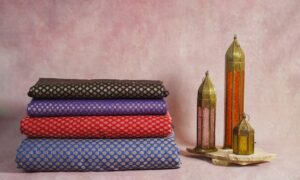
One side of the country does not know what the other side is Traditional Jackets wearing – this is true for no other country in the whole world other than India. If we start to list out all the clothing in the country we will turn old before finishing. Here are the most popular traditional clothes for Indian men.
Bandhgala Suits
Bandhgala suits more popularly known as the prince coat is an icon of modern-day fashion thus making it a common sight in the men’s closet.
Its versatility and practical use serve as icing on the cake making it a perfect addition to your wardrobe.
The definition of Indian traditional clothing with yellow buttons and a customized pocket scarf is the Bandhgala suit.
To attain the obvious connection of a Bandhgala, it is vital to pay close attention to the cut and fit. The armholes should be cut high, and the jacket should fit around the chest like a glove. It has a contemporary edge thanks to its fitted appearance.
It should always feel as if you’re wearing a second skin. The optimum length is determined by the body type. However, as a general rule, the length should be limited While the arms are resting on the torso, right at the base of the thumb. The goal of a well-cut jacket will be defeated if it is too long or too short, with a boxy unstructured look.
Traditionally, the Bandhgala jacket is worn during weddings and other festive occasions. While Bandhgalas are typically buttoned-up, the Amogue Bandhgala’s style has always maintained that the first two buttons should be open – this is the standard we follow. This distinctive style from Amogue has now become a standard for most wearers, and it looks fantastic when coupled with a cravat and scarves. Keep the Bandhgala suit dark, ideally black, and add colour with accessories like cuff links and pocket squares. But make sure they’re all the same colour.
Cufflinks are a conscious choice that is inherently dependent on the event. To complete the appearance, fine leather shoes and a leather belt in a similar colour is required. When getting your Bandhgala fashioned for a sophisticated event, choose jewelled buttons and delicate and discreet antique tone-on-tone embroidery on the neck and cuffs.
Nehru Jackets
The Traditional Jackets Nehru Jacket is a hip-length coat or jacket that is mostly worn by males. It has a Mandarin collar and a button placket, just like a traditional Achkan, Sherwani, or Bandhgala. This Nehru coat or jacket is named after India’s first Prime Minister, Pandit Jawaharlal Nehru, who wore a Western-style Achkan as part of his daily routine.
The history of the Nehru jacket is fascinating. The jacket dates from the pre-independence era and was designed in India in the 1940s. Anyone wearing the jacket at the time was considered to be of great social standing. The Nehru Jacket was also known as the ‘Bandh Gale ka Coat’ in India at the time. Only when the jacket is worn in the traditional manner does it reveal its true nature.
The Nehru jackets became a must-have item in any Indian man’s wardrobe after independence. That is the kind of respect that the jacket commands to this day. Achkan – a coat-like garment used by the nobles at high-end events – is another word for a Nehru-style jacket.
The Traditional Jackets in the 10th century was really a small shirt worn over a longer kurta and beneath a specific type of garment worn solely by males. The Nehru jacket’s core construction, on the other hand, has remained consistent over time. The straight cut shape features a mandarin collar and is buttoned in the Centre, giving the couture a formal yet beautiful aspect.
Nowadays, materials such as linen, cotton, tussar silk, and velvet are used. Tussar and cotton are two fabrics that are combined to make a material that is used to make these jackets on a big basis. Because of the shifting needs of the garment business and the changes brought about by India’s many cultures, the Nehru jacket features vibrant patterns.
For example, embroidery has given the fashion statement a unique look. Wedding achkans, which are embellished and embroidered with gleaming threads in gold, silver, and copper, are highly popular.
With modern Indian ladies experimenting with their wardrobe on a daily basis, Nehru-style jackets have been cut and tailored to their requirements.
On a global scale, the Nehru Jacket, which dates back to the 10th century, has endured the test of time and gained enormous appeal. Of course, as the dress has evolved from something highly formal and traditional to something incredibly casual and contemporary, there have been modifications.
The sort of variation generated in the shape of Nehru jackets, on the other hand, is depending on the event, season, and target population for whom they are made. The origins of the Traditional Jackets Nehru jacket are a source of contention amongst British and Indian citizens.
The basic design of the Nehru jacket, according to the British, was created in Britain even before the 10th century. While this remark may raise questions about the history and origins of the Nehru Jacket, it definitely dispels any doubts about the fabric’s global popularity.





